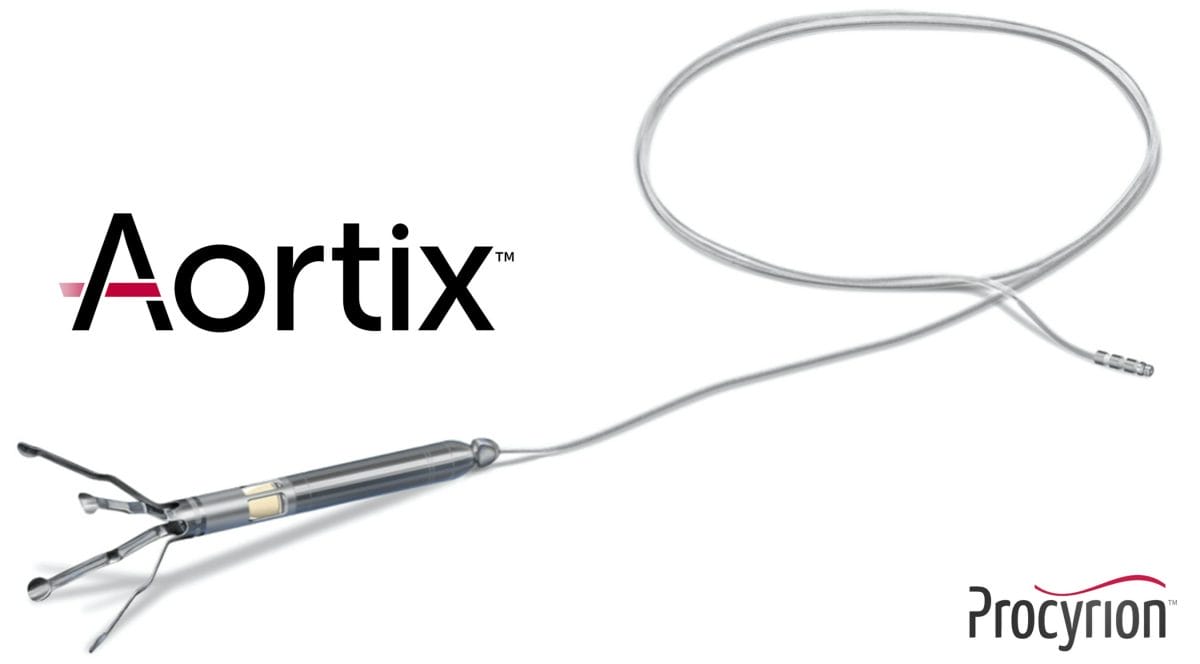Series E Financing
Procyrion™, Inc., a medical device company dedicated to improving outcomes for patients with cardiac and renal impairment, announced today the completion of a $57.7 million Series E funding round, including the conversion of $10.0 million of interim financing.
Use of Funds
These funds will be used to support the ongoing DRAIN-HF pivotal IDE trial evaluating the Aortix™ percutaneous mechanical circulatory support (pMCS) device in patients with acute decompensated heart failure (ADHF) who remain congested despite standard medical therapy (cardiorenal syndrome or CRS). In addition, funds will support internal programs to improve product manufacturability and to prepare for commercialization.
Fannin Partners
The round was led by Fannin Partners in partnership with new and existing family/multi-family office investors. The Series E financing also included significant participation from returning investors including Bluebird Ventures and an undisclosed strategic investor.
“Approximately 25% of the millions of patients admitted to the hospital with ADHF are unable to be successfully treated with standard of care therapies, yet there is a lack of effective treatment options available, leading to very poor outcomes. Aortix therapy is uniquely suited for treating CRS patients and this latest round of investment will enable the company to make significant progress toward commercialization of our technology,” said Eric S. Fain, MD, President and Chief Executive Officer, Procyrion. “We thank our investors for recognizing the engineering and clinical achievements to date, as well as the potential of Aortix to be a truly groundbreaking advancement to break the vicious CRS cycle and improve the outcomes in these most challenging-to-manage heart failure patients who currently have no proven therapeutic options.”
Patients with CRS, which is characterized by resistance to standard of care intravenous diuretic therapy,1 experience a negative cycle where the underlying heart failure leads to reduced blood flow to the kidneys, causing the kidneys to become less effective at removing excess fluid from the body, which further stresses the heart. Effective treatment options for CRS are lacking, as evidenced by up to a 25% rate for heart failure rehospitalization or mortality at 30 days2,3 for those patients who remained clinically congested after 96 hours of standard of care medical therapy and were discharged from the hospital.1
Aortix
Aortix is a catheter-deployed pump that is placed in the descending thoracic aorta and designed to directly increase perfusion to the kidneys while unloading the heart and improving cardiac performance. Its innovative design harnesses fluid entrainment to pump blood without the need for a valve, delivering a therapeutic benefit via a physiologically natural mechanism of action. In the Aortix CRS Pilot Study, which was published in the Journal of the American College of Cardiology: Heart Failure, patients demonstrated rapid decongestion with substantial removal of excess fluid and improved hemodynamics, as well as significant improvements in kidney function, cardiac function, and patient-reported assessment of shortness of breath sustained out to 30 days after treatment with the Aortix pump.
Leo Linbeck III, Chairman and Founder of Fannin Partners
“Approximately 500,000 patients in the US who are admitted to the hospital with cardiorenal syndrome are unable to be successfully treated with current available therapies and suffer high rates of mortality and heart failure rehospitalization,” said Leo Linbeck III, Chairman and Founder of Fannin Partners and a Procyrion Board Member. “We are pleased to lead this round as we see enormous commercial potential for Aortix and look forward to seeing the results of the DRAIN-HF study with the goal of demonstrating improved patient outcomes, which should also reduce the burden on the overall healthcare system.”
References:
- Cooper et al. Clin Cardiol. 2023 Jul 18. DOI: 10.1002/clc.24080
- Bart et al., N Engl J Med 2012; DOI: 10.1056/NEJMoa1210357
- Wattad et al., Am Journal of Cardiol 2015; DOI: 10.1016/j.amjcard.2015.01.019
